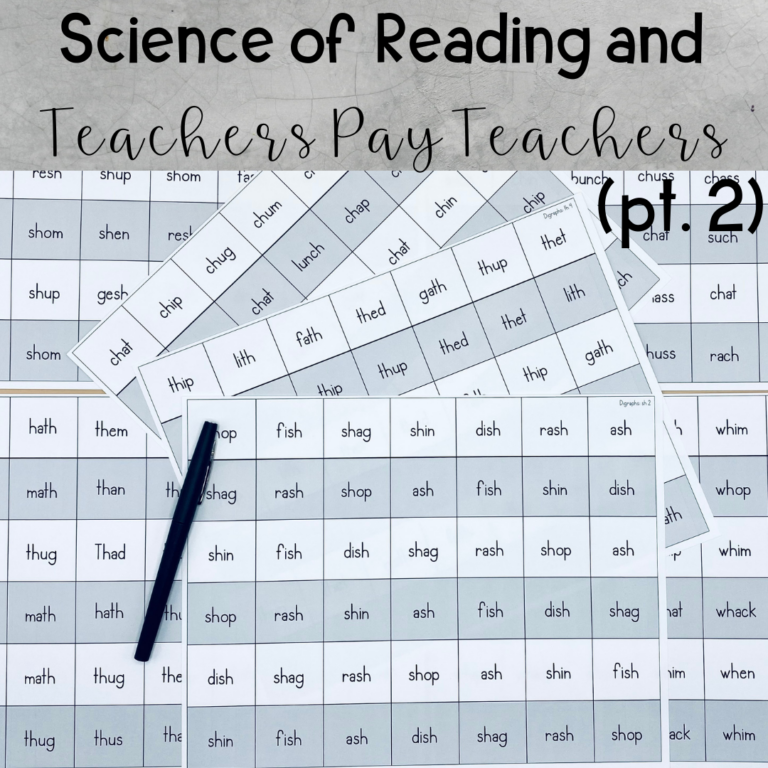
Share This:
When I first heard from the author of “Monster and Friends,” I didn’t really think much about it. The author wanted to send me a book, and I agreed. I’m uncertain what I was expecting, but it wasn’t what I got. I opened the book and fell in love. After looking through it, I immediately sent a message to the author, asking her if we could collaborate in some way. I knew that people NEEDED to see this book. It’s an important one. So, I’ve conducted an interview to learn more about the human behind the story! Read below to find out more!

I graduated with a B.S. in Marriage, Family and Human Development. I always thought that eventually I would end up in the field of marriage and family therapy, but writing adorable books is turning out to be way more fun. I am married to my best friend in the world and we have 5 kids. I homeschooled those kids for 7 years (hence my frustration with learning to read).
The idea for Monster and Friends came slowly. It started out as just a bunch of word lists that turned into a bunch of little stories, which I then later rewrote and refined and through that process the final concept emerged.
As far as why I did it, I just got so tired of reading boring beginning readers with my kids and not having enough material at their level. All the reading sets I had would have a couple really accessible books and then start to add complexity with every book. It just went too fast and not all of my readers could go at that speed. I wanted something they actually wanted to read to me and had enough practice at each level to really feel like they mastered it. I couldn’t find anything like that, so I decided to create it.

We actually didn’t meet in person until the project was almost complete! We started not too long after the beginning of Covid really began to take hold in the U.S., so we would collaborate via zoom and emails and my horrible sketches, haha. It was such a new experience for both of us, but we eventually got into the swing of things.
I think a good decodable book should never throw in huge words that aren’t on skill level and hope you infer it from the picture. That is to say, I don’t think decodable books should stray too far from their goal of being decodable. I don’t want them to throw in randomly hard words or unlearned skills. It is hard to write something worth reading on such tight parameters, but it’s possible and it’s so important for a young reader to feel like they’ve mastered something.
I also think they should make an attempt at being interesting. Early readers fall into the trap of having very literal drawings to go along with their very literal and basic wording. Maybe that’s to help with inference. When I wrote Monster and Friends I wanted the picture to tell a fun story and the words to support it. I didn’t want the basic wording to restrain all the fun we could still have. And since all the text cannot be inferred by the pictures, I think it helps to really focus on decoding and reading skills instead of guessing skills.

My biggest hope is that we slow down. Obviously, having the proper reading instruction is important and I want that too. I love when things are research-based, but you can still teach all the right skills exactly the right way and do it too fast. I think we leave kids behind who are developing perfectly normally and make them feel like they are behind simply because we rush too quickly through everything. Mastery and progress forward should be the main focus and not how quickly we can check off every skill.
I am working on book 2!! Don’t ask me when it will come out though because I am still very new at being an author/book publisher. I can tell you that it will focus on blends. There will be new sight/high frequency words and some longer decodable words. There will be more friends to add to the gang and there will be more words per story on average then the last book. Like I said, I don’t want to rush through skills and I want kids to have a lot of fun practice before they move onto the next challenge.
You can purchase this incredible book from Amazon!
Share This:

Savannah Campbell is a K-5 reading specialist. She has taught her entire 12-year teaching career at the school she went to as a child. She holds two master’s degrees in education from the College of William and Mary. Savannah is both Orton-Gillingham and LETRS trained. Her greatest hope in life is to allow all children to live the life they want by helping them to become literate individuals.

Savannah Campbell is a K-5 reading specialist. She has taught her entire 12-year teaching career at the school she went to as a child. She holds two master’s degrees in education from the College of William and Mary. Savannah is both Orton-Gillingham and LETRS trained. Her greatest hope in life is to allow all children to live the life they want by helping them to become literate individuals.
Feeling overwhelmed with all the terminology out there? Want to know the key terms all teachers need to teach phonics? In this FREE Rules of English cheat sheet, you get a 5 page pdf that takes you through the most important terms for understanding English—you’ll learn about digraphs, blends, syllable types, syllable divisions, and move. Grab today and take the stress out of your phonics prep!
